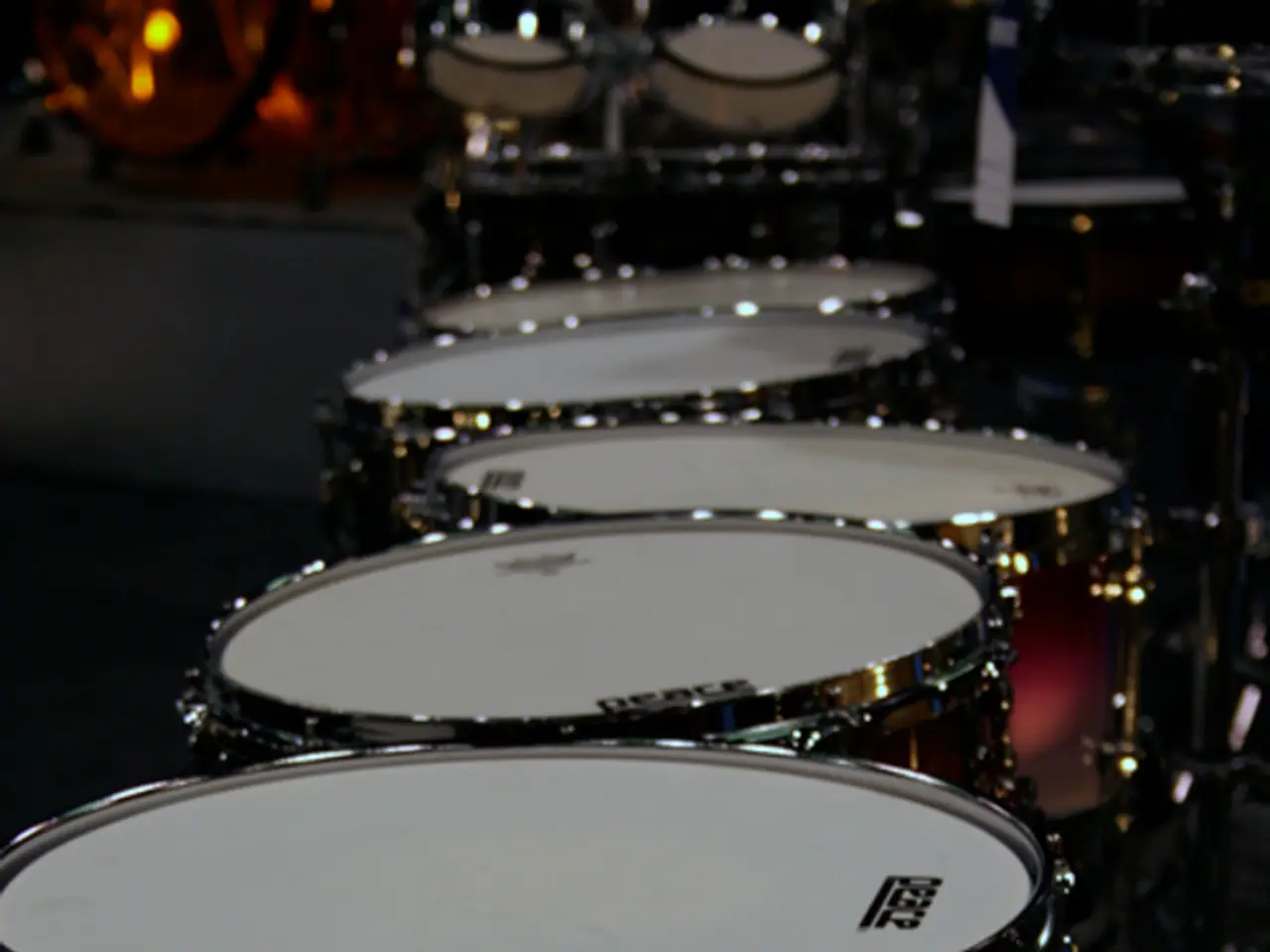Brain Influence on Sound Mixer: Understanding the Neuro-audio Relationship
In the realm of music production, understanding the intricacies of how humans perceive sound is crucial for creating engaging, clear, and emotionally powerful mixes. This is where psychoacoustics, the science of sound perception and understanding, comes into play.
One of the fundamental psychoacoustic concepts relevant to music production is **Auditory Masking**. This phenomenon occurs when one sound makes another sound less audible or perceptible, especially when they occupy overlapping frequency ranges. In mixing, understanding masking helps engineers avoid frequency clashes between instruments or vocals, ensuring each element is clear and distinct.
Another essential concept is **Frequency Response and Perception**. Human hearing is more sensitive to certain frequency ranges, which are critical for speech intelligibility and clarity. Producers use this knowledge to enhance mids for vocals or important melodic elements, while controlling lows and highs to create tension or airiness.
**Loudness Perception and Dynamic Range Processing** are also crucial. Psychoacoustics explains how perceived loudness is influenced not just by peak levels but by the dynamic range and spectral content. Techniques like upward compression can make quieter details more audible without increasing peaks, creating a fuller and more detailed master.
**Harmonic Generation and Saturation** add warmth and perceived loudness, enriching a mix without raising peak levels. This psychoacoustic effect can make tracks feel "fuller" and more impactful.
**Spatial Perception and Sound Placement** are vital for creating immersive soundscapes. Using psychoacoustic principles, mixers strategically place sounds across the stereo or surround field, including panning, reverb, and height channels.
The perception of **Rhythm and Pulse** is crucial for grounding a mix. Psychoacoustics informs producers how rhythmic elements anchor listeners' perception, making other sounds feel fluid or spacious in relation to that pulse.
In practice, many engineers blend technical knowledge of psychoacoustics with intuition and experimentation to create mixes that feel emotionally compelling and sonically clear without over-reliance on strict scientific measurement.
In summary, the key psychoacoustic concepts applicable to mixing and mastering are:
| Concept | Role in Mixing/Mastering | |------------------------------|-------------------------------------------------------------| | Auditory Masking | Avoid frequency clashes for clarity | | Frequency Response | Boost or cut frequencies to enhance clarity and emotion | | Loudness Perception | Use compression/limiting to control perceived loudness | | Harmonic Generation | Add warmth and fullness via subtle saturation | | Spatial Audio Perception | Position sounds to create immersive and clear soundscapes | | Rhythmic Perception (Pulse) | Ground the mix with a rhythmic anchor for fluidity |
These principles help craft mixes and masters that translate well across playback systems and engage listeners on both a technical and emotional level.
- Understanding Auditory Masking in music production enables engineers to avoid frequency clashes between instruments or vocals, ensuring each element is clear and distinct.
- Producers use their knowledge of Human hearing's sensitivity to certain frequency ranges in Frequency Response and Perception to enhance mids for vocals or important melodic elements.
- Techniques like upward compression, which is influenced by Loudness Perception and Dynamic Range Processing, can make quieter details more audible without increasing peaks, creating a fuller and more detailed master.
- Mixers strategically place sounds across the stereo or surround field using Spatial Perception and Sound Placement principles to create immersive soundscapes.




